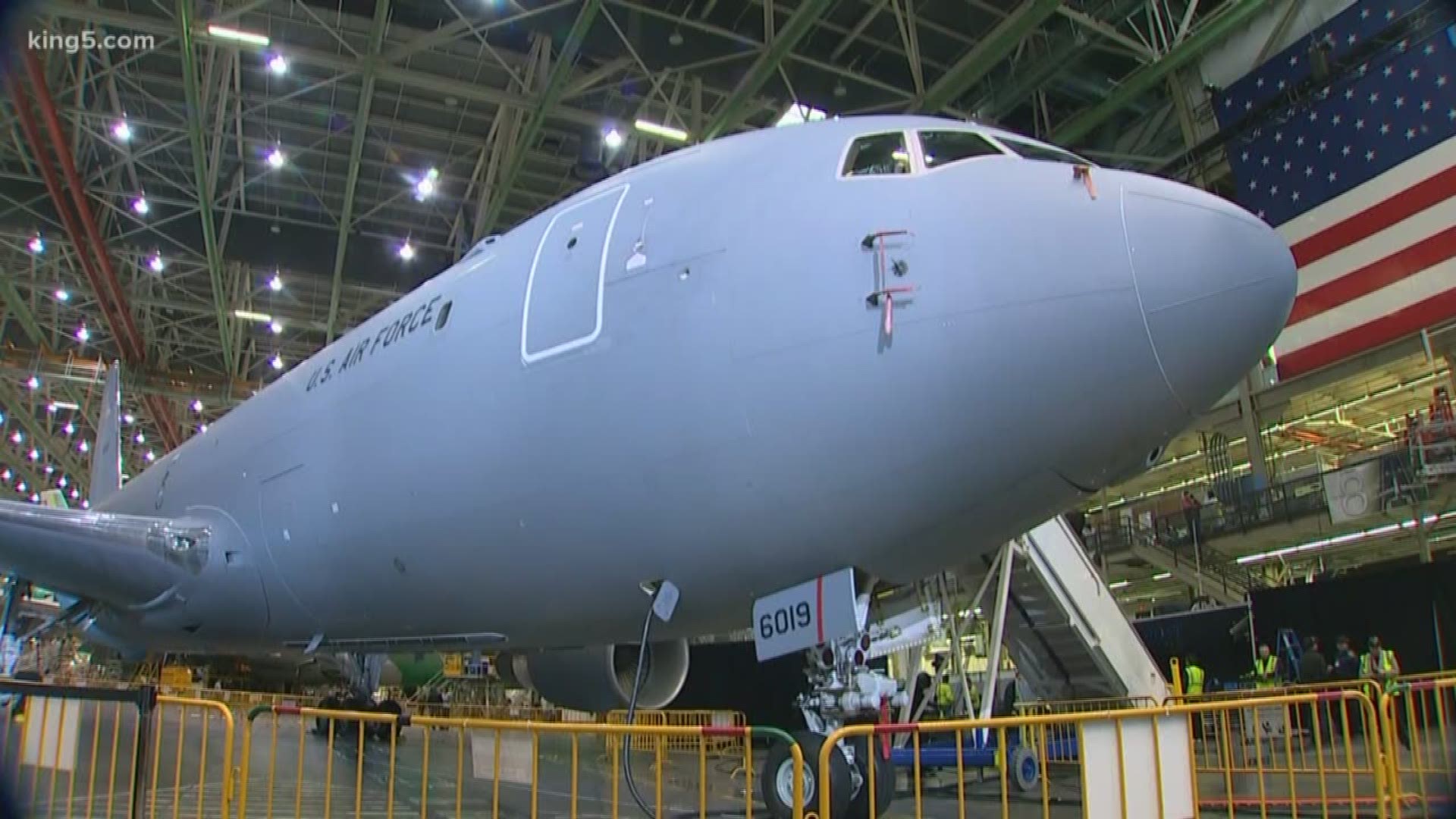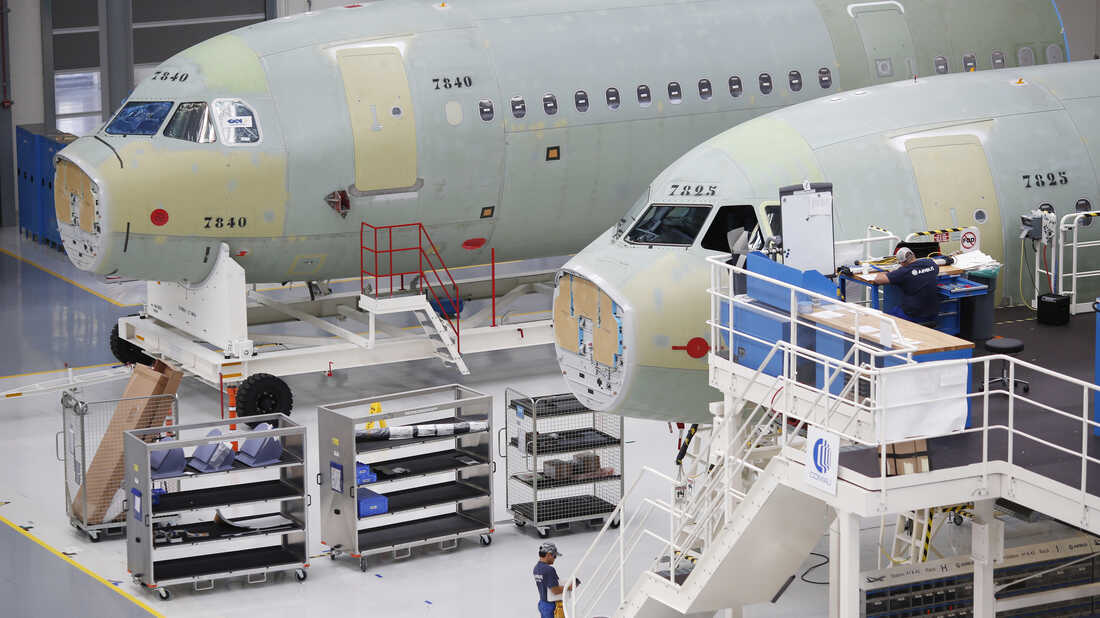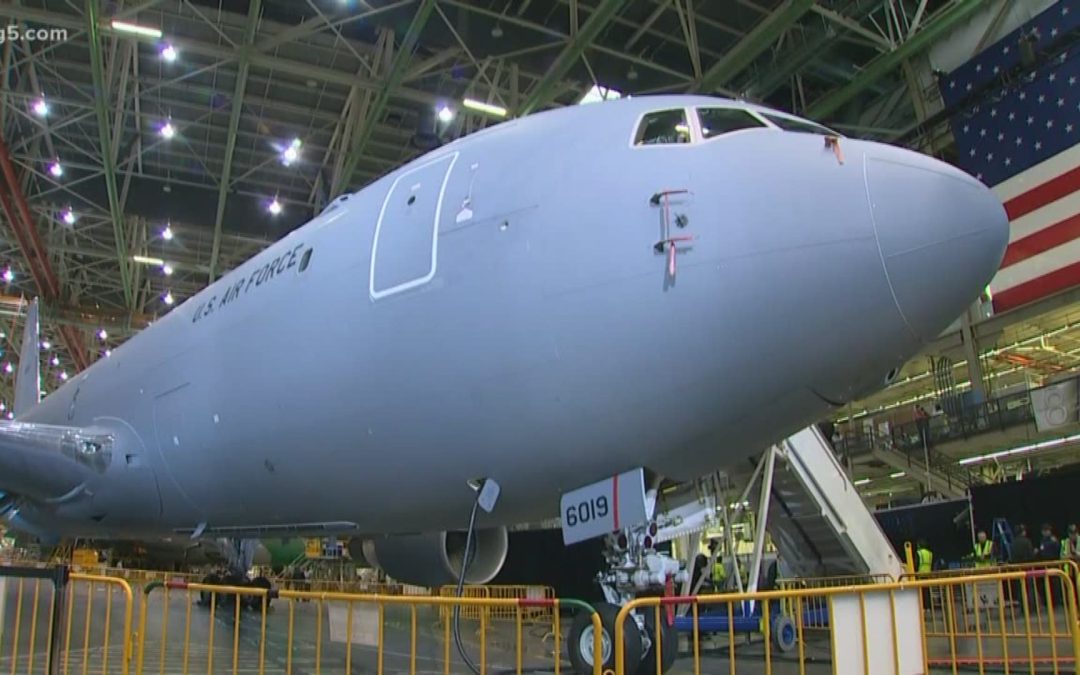The aviation industry has always marveled at how meticulously aircraft are maintained. One crucial aspect of this maintenance is the painting of the aircraft. The types of paint used in aviation play a significant role in ensuring safety, efficiency, and longevity of the aircraft. This article will delve into what are the common types of paint used on aircraft, a topic that resonates strongly with Industry Quality Assurance (QA) Professionals.

Introduction to Aircraft Paint
Aircraft paint is not just for aesthetics. It serves multiple functional purposes. From reducing drag to protecting the aircraft’s structure from harsh environmental conditions, the right type of paint is vital.
Importance of Aircraft Paint
Choosing the correct paint involves understanding its significance:
- Protection against corrosion and UV rays
- Reduction in aerodynamic drag
- Lower maintenance costs
- Enhanced visibility
Primer: The Foundation Layer
The first step in painting an aircraft involves applying a primer. A primer is essential as it enhances the adhesion of the topcoat and offers extra protection to the aircraft surface.
Types of Primers
- Epoxy Primers
- Etch Primers
- Zinc Chromate Primers
Topcoat: The Protective Layer
The topcoat is the outermost layer of paint that provides both protection and aesthetics. It must be durable and resistant to various environmental factors.
Common Topcoat Paints
- Polyurethane Paint
- Acrylic Paint
- Epoxy Paint
Special Considerations for Aircraft Paint
There are unique considerations when it comes to painting aircraft. These include weight, durability, and environmental impact.
Weighing the Options
The weight of the paint matters significantly in aviation. Each layer added contributes to the overall weight of the aircraft, thus impacting fuel efficiency.
Environmental Regulations
Strict environmental regulations govern the types of paint that can be used. Paints must be compliant with these regulations to ensure minimal environmental impact.
Low VOC Paints
Low Volatile Organic Compound (VOC) paints are becoming popular due to their reduced environmental impact.
Application Techniques
Painting an aircraft requires specialized techniques. These techniques ensure that the paint adheres properly and provides maximum protection.
Spray Painting
Spray painting is the most common method due to its efficiency and even application.
Importance of Surface Preparation
Before applying any paint, proper surface preparation is essential. This includes cleaning and sanding the surface to ensure proper adhesion.
Chemical Cleaners
Chemical cleaners are used to remove any contaminants from the surface, including oils and residues.
Maintenance and Upkeep
Maintaining the paint on an aircraft is crucial for its longevity. Regular inspections and touch-ups are necessary to ensure the paint’s effectiveness.
Regular Inspections
Regular inspections help in identifying any areas that require touch-ups or complete repainting.
Conclusion
In conclusion, understanding what are the common types of paint used on aircraft is essential for maintaining the integrity and efficiency of the aircraft. Industry QA Professionals should be well-versed in the types of paints, their application techniques, and the importance of regular maintenance.

FAQs
Why is aircraft paint important?
Aircraft paint is crucial for protecting the aircraft’s structure, reducing aerodynamic drag, and ensuring the aircraft’s visibility and aesthetics.
What are the common types of topcoat paints used on aircraft?
Common topcoat paints include polyurethane, acrylic, and epoxy paints.
How are environmental regulations impacting aircraft paint?
Environmental regulations are promoting the use of low VOC paints to reduce environmental impact.
For more detailed information on aircraft paint, visit Sherwin Williams or read more about How Aircraft are Painted.
